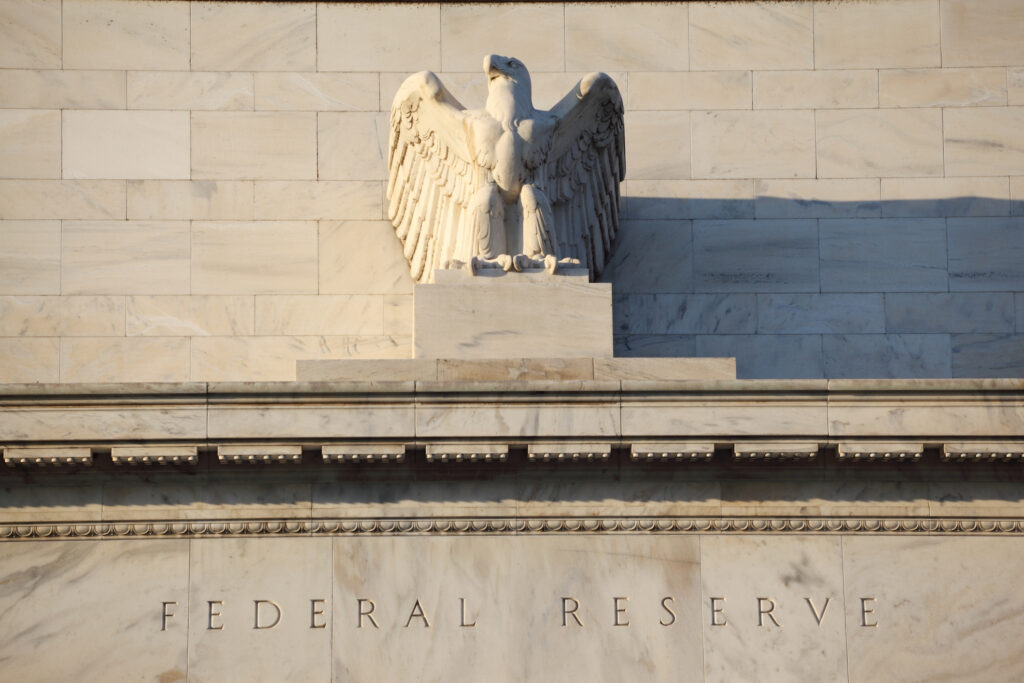(MarketWatch) – The Federal Reserve is likely to resume lowering interest rates in September, but it won’t be an easy call for the central bankers, economists said Thursday in the wake of the June jobs report.

There will be a lot of data over next two months that will impact the Fed’s decision, but if trends continue as they are now, the central bank should be able to ease, said Kathy Bostjancic, chief economist at Nationwide Financial.
“I think the odds are pretty high that we’ll get a rate cut in September,” Bostjancic said in an interview with Marketwatch.
The key factor behind her call is that the labor market is going to weaken. But the trouble for Fed officials is that inflation may be rising at the same time.
Fed Chairman Jerome Powell has said he expects higher inflation in June, July and August.
So going into the September 16-17 meeting, the Fed is likely to be faced with both a slowing labor market and rising inflation.
“It is going to be uncomfortable for them, but I think the economy will be slowing enough to justify” a rate cut, Bostjancic said.
Josh Hirt, senior U.S. economist at Vanguard, agreed. “We will be having a debate around a September cut right when we will be likely seeing the firmer inflation pressures,” Hirt said in an interview.
The Fed is going to have to “look through” the higher inflation,” he added.
This is the Fed’s current dilemma in a nutshell. Lower interest rates might make sense given signs that the labor market is slowing, but Fed officials are aware that any rate cuts might fuel higher inflation.
The Fed’s benchmark interest rate is now in a range of 4.25% to 4.5%. Powell has said that this level of rates is holding down demand. A more “neutral” rate would be in the 3% range, although estimate vary.
Complicating matters is that the Fed is very divided over next steps.
One camp — including Fed governors Chris Waller and Michelle Bowman, both Trump appointees — are eager to cut rates, Hirt noted.
Other Fed officials are more concerned about inflation and feel that consumers will come to take higher prices as a fact of life. This would just add fuel to any inflation fire.
Bostjancic thinks the Fed will cut rates via three quarter-point moves in September, October and December. But she said Powell will be able to thread the needle by not overpromising.
Powell could back a September cut and stress that it is not any sort of promise for more easing. If inflation worsens, the Fed can then stay on hold, she added.
Not all economists are on board with a September cut.
Matthew Luzzetti, chief U.S. economist at Deutsch Bank, said he thinks the Fed won’t cut until December.
“Today’s job report lowered the chances that the Fed cuts as early as September,” he said. The labor market doesn’t look weak and the unemployment rate actually dipped in June, he noted.
“People should not bank on a September cut,” Luzzetti said.

